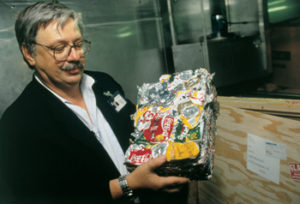
Q. How have the new ultra-low-sulfur regulations affected the Alaska cruise industry?
A. On Jan. 1, 2020 the global maritime bunker fuel sulfur limit fell from 3.5% to 0.50 in most parts of the world to 0.1% in Emission Control Areas, which includes the entire West Coast and most of Alaska. Because the price of Ultra-Low-Sulfur fuel can be as much as 85% more than conventional bunker fuel, most cruise lines installed Advanced Air Quality Systems to meet the new standard.
Advanced Air Quality Systems have the proven capability to outperform low-sulfur fuel alternatives such as MGO, providing overall cleaner air emissions in a way that is safe for ocean environments. Results of extensive testing show that ships using Advanced Air Quality Systems produce emissions lower in sulfur and particulate matter (PM) than those running on low-sulfur MGO, a fuel consisting exclusively of distillates that is considered the benchmark for the IMO 2020 0.5% sulfur cap restriction.
Advanced Air Quality Systems remove 99% of sulfur and 60-90% of PM from engine emissions, including black carbon, elemental and organic carbon. It also reduces nitrogen oxides by at least 5%. Research shows Advanced Air Quality Systems may be especially effective in capturing small-size PM (10 and 2.5 microns and ultrafine), while removing most of the soot from airborne distribution, including black carbon.
The conversion has cost the lines hundreds of millions of dollars. Carnival has installed over 220 Advanced Air Quality Systems on 77 of the 100-plus ships in its fleet, with a goal of installing nearly 400 scrubbers over time – eventually covering 85 percent of the fleet. The cost has been $1 billion.
Q. What other environmental issues affect the Alaska cruise industry?
A. Wildlife viewing is a significant and popular activity for Alaska visitors and cruise ships implement and participate in responsible wildlife viewing practices. The National Marine Fisheries Service is considering new regulations on viewing harbor seals. Groups like the Alaska Travel Industry Association and Alaska Chamber recommend no rules or regulations be adopted until further science is made available. Here is the Chamber resolution:
Oppose new vessel restrictions not based on science about harbor seals
The Alaska Chamber opposes any new vessel restrictions regarding harbor seals until additional research can demonstrate a direct connection between vessels visiting glacial habitats and a proven decline in harbor seal populations.
Q: What is meant by “end-of-the-pipe” effluent limits for cruise ships? How do these limits differ from land-based, wastewater-treatment facilities?
A: Unlike land-based, municipal sewage-treatment and industrial facilities (i.e., mining, seafood processing, oil exploration/production, etc.), large cruise ships were prohibited under a 2007 law from using a “mixing zone,” the area where treated wastewater mixes with a body of water. They must instead meet all Alaska Water Quality Standards at the point of discharge.
The Legislature has since changed this requirement following the recommendation of the state’s Science Advisory Panel.
Q: What is the status of the wastewater discharge general permit?
A: In 2010, the ADEC issued a new three-year permit. “This permit implements the compromise legislation passed in 2009. It provides a very high degree of protection of our waters while taking into account the economic and other practical constraints faced by the industry,” ADEC Water Division Director Lynn Kent said. “No one will see or measure an adverse impact on water quality or aquatic life as long as the ships comply with the permit. At the same time, we are confident ships can comply.”
